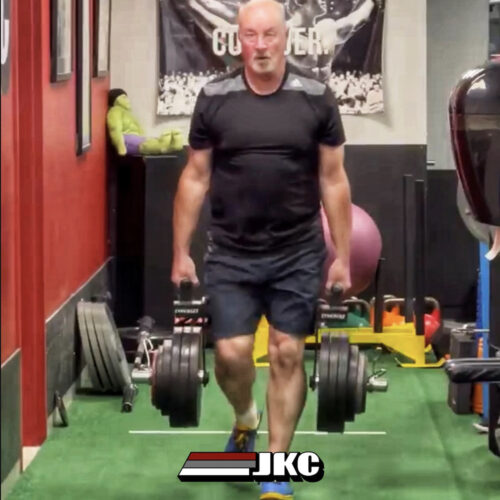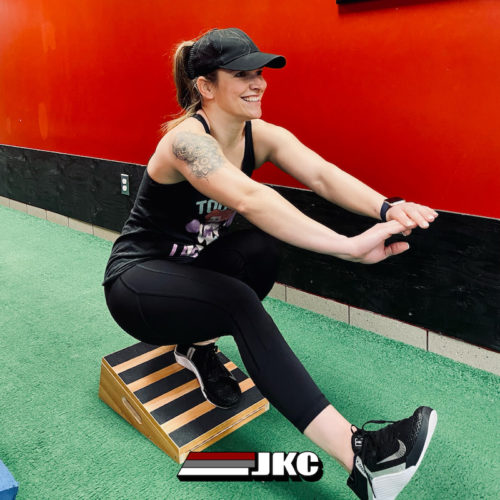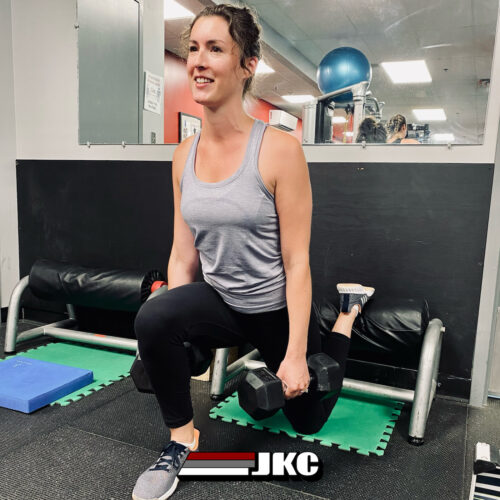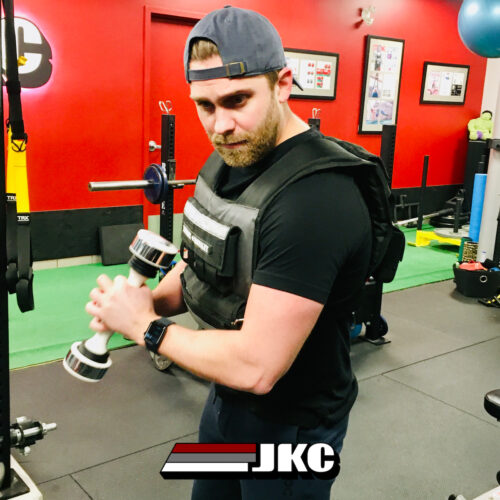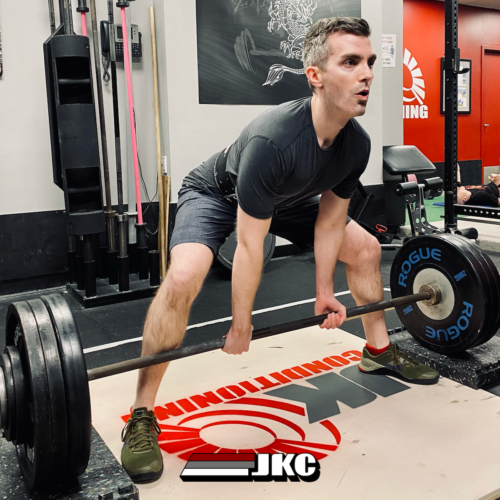
This union is almost as exciting as the round up of the Avengers. Let me explain…
…I have collaborated with the top fitness professionals, writers and editors (who are all fitness super heroes, by the way) to put together some amazing advice on becoming a fitness writer.
This year has been amazing for me as I had 1st appearances in Oxygen, Reps, T-Nation, The Personal Trainer Development Center, Inside Fitness and Men’s Fitness (on-line and print summer ’12). This sprung about many questions about fitness writing and how I got started…
…ever since I was young and used to do sit-ups and pushups in my bedroom, I bought fitness magazines to learn about, well, fitness and working out. There was no Google or Wikipedia back then, so I had to resort to fitness magazines and books.
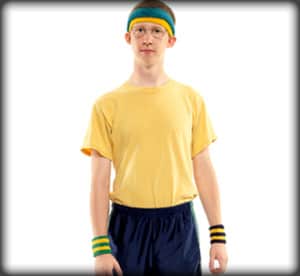
… and ever since, I’ve always wanted to be “in” a magazine – who doesn’t??
But, I was just like you. I didn’t have a clue how the process worked or who to contact. Do I send in the whole article? Do I make a phone call to someone associated with the magazine? I really had no idea…then luckily found this course on writing pitch letters.
This workshop was hosted by Amanda Vogel, owner of Active Voice. I took plenty of notes and bought several of her CDs. To make a long story short, I applied what I learned and waited patiently.
After trying for a few months, I landed my first piece and ever since, things have been snow-ballin’ to where they are today.
Basically, here’s how the whole process works:
- Find a magazine/fitness site you want to write for.
- Find out who the editor is – there are several, so make sure you contact the correct one.
- Find the editor’s email – sometimes it’s not listed, so that’s where your network can help you out. See if someone you know can kindly introduce you to the editor you need to contact. DO NOT ask someone out of the blue to do you a favour if you have never interacted with them before – it’s quite rude and selfish.
- Once you make contact with the editor, introduce and sell yourself and your skills. Build a rapport. Your personality will and should show through the email. Explain to them WHY they should want you in their magazine. Emailing an editor and saying “Hi, I’m a personal trainer and can write about anything. I would love to contribute to your magazine. PLEASE EMAIL ME BACK! -Trainer Joe” is probably the worst thing you can ever do – kiss your chance good bye!
- Ask how the process works and state your interest in the magazine. Mention what you like about the magazine and comment on recently published articles. This shows you are familiar with the magazine and actually READ IT!
- Pitch ideas that you know would suit the magazine’s style and readership. Pitching a yoga piece to T-Nation is probably not going to fly, so do your research.
- Work with the editor on your pitches and be patient. Editors are super busy people and get tons of emails daily. They have several projects on the go, so don’t piss them off by emailing them every other day about your ideas. Sometimes they need friendly reminders, but know your limits.
- Once the editor consults with his team, he/she can assign you an article. Typically you’ll be sent a contract that includes the article summary, word count, dead-line and compensation.
- So now, you do your research and write your piece. Hopefully you edit it and pass it in in a timely fashion. The last thing the editor wants is to work with someone who passes assignments in late – actually I’m sure they’ll just drop you, so don’t be that guy/girl.
- The editor and his team will go through your article – edits might be required, so expect emails back.
That’s pretty much it – now you just have to wait for the issue to come out. If you’re getting compensated for the article, it will be sent after the article is published.
As I said, I’ve been asked a lot lately how I got started and if I can provide any help or tips. I thought, why not put together a massive list from the best in the biz, so I did and here it is…
19 Tips for the Aspiring Fitness Writer
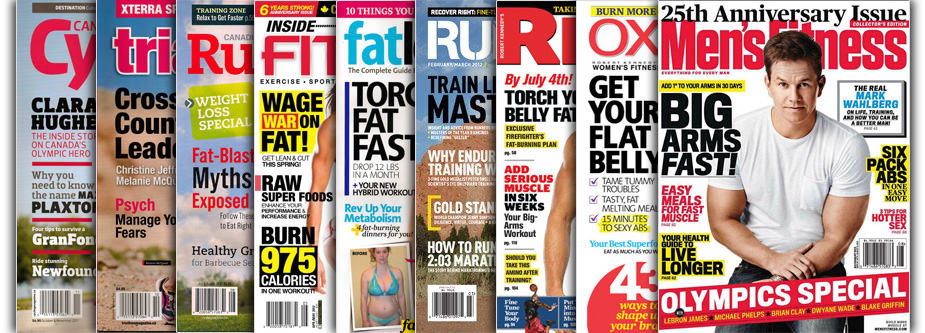
#1
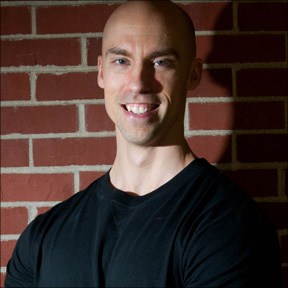 |
Tony Gentilcore www.tonygentilcore.com |
- My #1 tip for peeps looking to write for fitness mags and websites is to understand the target audience. For instance, when I write for T-Nation – while I DO have to provide quality content – I can also be a little more of myself with my writing and INFOTAINTMENT is the name of the game. People want to learn for sure, but they also want to be entertained! Writers shouldn’t be scared to add in humor into their writing.
Conversely, with publications such as Men’s Health, while I can still be me, their target audience is a bit different and I have to tone it down a bit as far as my “language” is concerned.
In short, two things:
1. Know the target audience.
2. Don’t be scared to be YOU in your writing. People appreciate writers who are “real.”
#2
 |
Ben Bruno www.benbruno.com |
- Stick with what you know – simple, yet so important.
#3
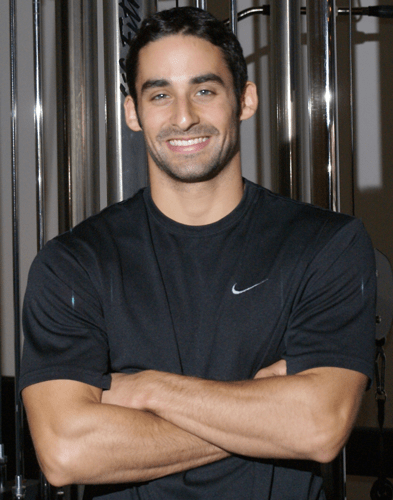 |
Jonathan Goodman www.theptdc.com |
- Realize that what you’re saying isn’t profound if you don’t have a PhD in the subject. The best articles are ones that the readers connects with and will want to share as extension of their own thoughts. The trick is to package your content better than they have.
#4
 |
Rick Kaselj www.exercisesforinjuries.com |
- The big piece of advice is bring your best work. Over deliver on your writing and make sure the piece is solid.
#5
 |
Lee Boyce www.leeboycetraining.com |
- Persistence pays off. I know, it’s a little sappy but it’s true because it encompasses alot of things. First of all, you’re not going to go writing for the biggest fitness magazines like Men’s Health and Men’s Fitness right off the spot. They need to know that you’re an accredited writer in the first place. That may mean time spent writing for your own blogs and others, and then slowly breaking into online magazines that vary in size.
As you get more profile, you’ll get more recognition from editors who will be more welcoming towards bringing you on as a contributor. At the same time, more publicity will mean more HATERS. Remember that everyone won’t be a fan of your work, and counter that, not by getting angry or retaliating, but by continuing to put out more of your own quality work. Persistence is the name of the game.
#6
 |
Carmen Bott www.carmenbott.com |
- Do not try to be ‘creative’ for the sake of creativity. Back what you say with science…every line of it. Do not let editors mutate the truth to make it sound sexier that it really is and make sure you authorize your works before it is printed.
#7
 |
Sean Hyson Fitness Editor Men’s Fitness www.seanhyson.com |
- My number one tip for aspiring fitness mag writers is simply to read the magazine they want to appear in. Everything you need to know about what kind of stories the publication wants, the length they need to be, and even the language they use can be understood by perusing an issue or two. Remember, you can have a brilliant training concept and a tremendously effective workout, but if it doesn’t fit the format of the magazine, it won’t be used.
#8
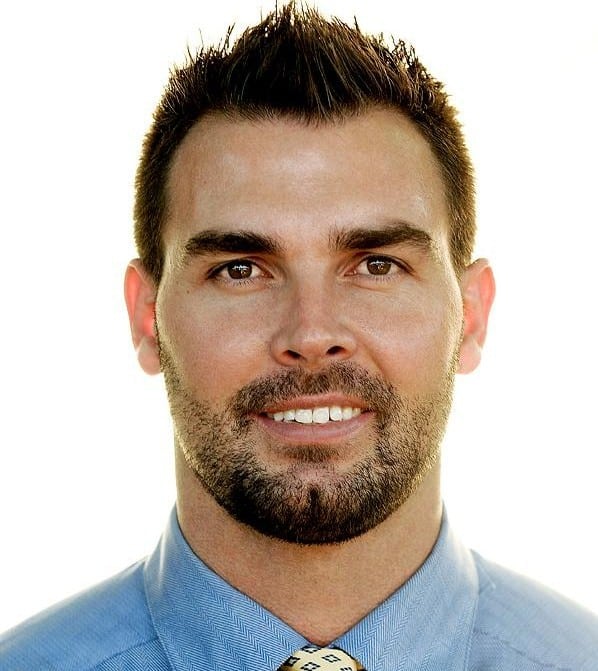 |
Bret Contreras www.bretcontreras.com |
- Start up a blog and build up its popularity. If you’re legit, eventually you’ll get noticed and the magazine editors will come knocking at your door. Building up a popular blog isn’t as easy as you think – you’ve got a lot of competition out there. And you might think you’re “there,” but chances are you’re not “there” just yet. Before I ever submitted an article to a magazine, I’d been a CPT for over 10 years, a CSCS for over 6 years, obtained a master’s degree, and owned a fitness studio that employed three trainers. Have patience, work hard, and be humble and you’ll get there.
#9
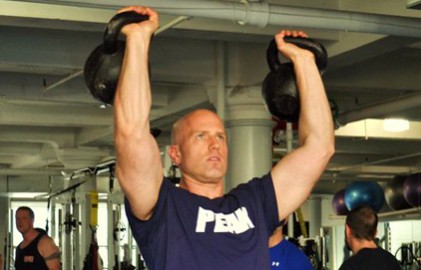 |
Dan Trink www.trinkfitness.com |
- Write what you know. It’s best to write about subjects that you can back up not only with research but with real-world experience as well. If you train fighters, write about training fighters. If met-con is your thing, write about that. You’re a record-holding powerlifter? Write on how you trained for that.
Not only will your knowledge be superior, your passion for the subject will shine through in your writing.
#10
 |
Cliff Harvey www.cliffharvey.com |
- ‘Know yourself, know your stuff’ — Nobody knows everything about any topic, but something I see commonly in fitness mags and sites is people writing with an air of authority about things they don’t know well, don’t do, and/or can’t teach.
The reality is that EVERYONE can be a great teacher, and everyone has an area of knowledge (or at the very least a particular take on a subject) that will benefit people. So aspiring writers should play to their strengths and write about those things that they know and that they do day-in and day-out…not whatever seems to be the ‘hot’ topic in fitness or S and C at the moment. When we write about the things that we know in depth we are almost always also writing about the things we are passionate about, and in a way that conveys that passion and enthusiasm.
Write about what you know, write about what you love, and do it with gusto and passion!
#11
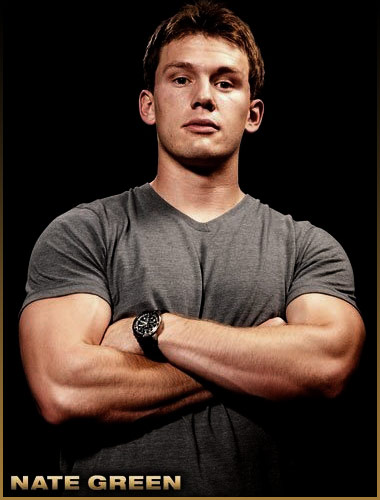 |
Nate Green www.scrawnytobrawny.com |
- Write one blog per week for one year and don’t worry if anyone sees it.
Treat it like a major story or something that will be read by thousands of people. The truth is, most fitness blogs out there all say the same stuff. They’re all copying each other. They’re all boring as shit.
To connect with an audience you have to get good at your craft. So practice writing and deliver every week. It’s not sexy advice, but it’s the only way I know to actually be successful. Anyone can get their name in a magazine once. And it’s definitely a cool feeling. But a good writer is someone who cares less about his ego and more about his message. He can do the work. And he can do the work well.
#12
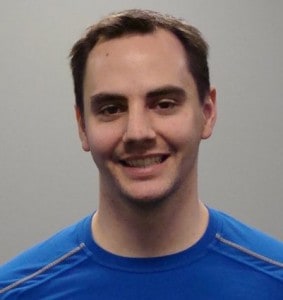 |
Dean Somerset www.deansomerset.com |
- The number one recommendation would be to get good at writing by writing endlessly, and by taking a writing course or six to help build your ability to connect sentences to emotions and provide readers with an experience that makes them want to pay more attention to what you have to say.
#13
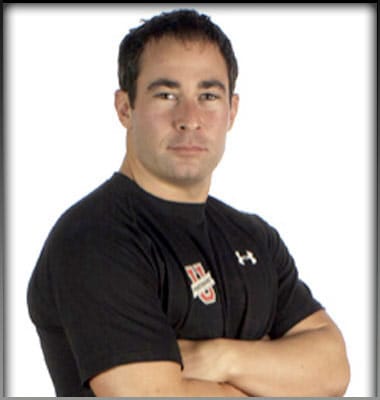 |
Nick Tumminello www.nicktumminello.com |
- Write about something that’s unique and different. No one remembers or pays much attention to those who just repeat what others do/say. Be “the source” of the info instead of the person repeating it.
#14
 |
Mark Young www.markyoungtrainingsystems.com |
- Know the content of the site and have a few articles to pitch when you first make contact. Editors are busy, and they don’t need to respond to emails like “would you be interested in an article from me?” when they have no clue who you are, your abilities, or what you have in mind. Suggest a couple of article options up front so they can decide quickly if your content might be a good fit. Keep it brief (they don’t need to hear your life story), but give them a feel for what you want to write.
#15
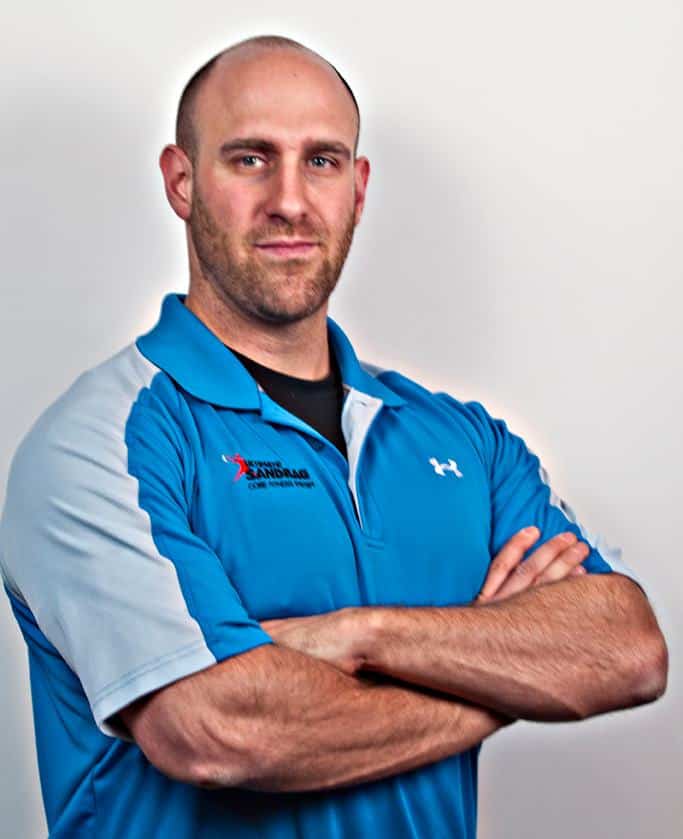 |
Josh Henkin www.ultimatesandbagtraining.com |
- Have something to say! Yes, it is easy to regurgitate what your favorite coach says, but people want unique! Have something that is a different spin on a popular idea or even better makes people really question if what they are doing is really optimal for their training goals.
#16
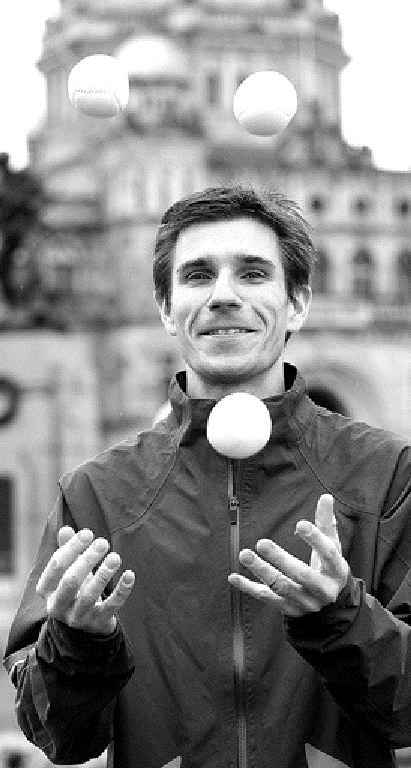 |
Michal Kapral Senior Editor Reps! Magazine www.repsmag.com |
- Make your story pitch unique. Come up with a new spin on something and create a short outline of how your article will be structured and ideally a clever suggested headline as well. You need something that will catch the editor’s eye and make him or her say: “That sounds cool!” Imagine being the reader of the magazine you’re pitching. Would you be excited to read the story you’re pitching? You should be. If it’s an original idea based on new concepts, it will grab the editor’s attention, and you’ll be much more likely get the assignment.
#17
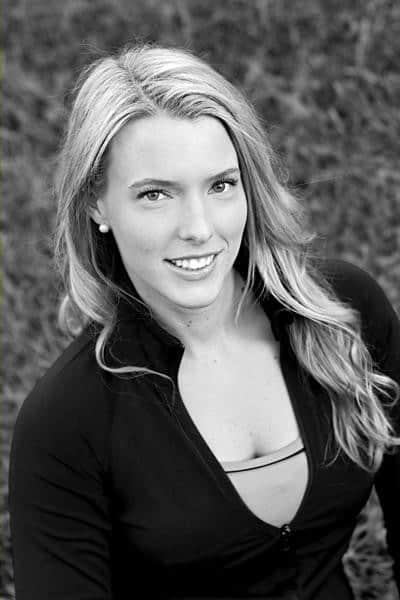 |
Molly Galbraith www.mollygalbraith.com |
- My number one tip for aspiring fitness writes would be to “stick with what you know.” It may sound obvious but often times writers try to discuss or write about trendy/hot topics, even if it’s not a topic with which they are very familiar. Don’t do this! It’s pretty obvious to your audience and it can hurt your credibility.
You are much better off writing from the heart, writing about what you know best, and writing about what’s going on in your every day life.
If you write from the heart about topics that matter to you and affect you and your everyday clients, your passion will come through in your writing and you will be a more captivating writer. If you write about what you know best, you will be confident in what you’re saying and your audience will sense this and trust you. If you write about what’s going on in your everyday life, you will never run out of topics!
Content creation seems to be an issue for many writers/bloggers, but I come up with new topics almost every day that I want to write about. Did a client ask you a nutrition question during their training session today? Ask if you can use their question (and omit their name) and answer it on your blog. Did a client struggle with a certain exercise in a training session? Write about how you regressed it for them on the fly. Are you struggling with something in your own training? Figure out a solution and share it with your audience. If you do this, content creation shouldn’t be an issue (says the person who has only been writing for a couple of years… ;-D). OK so maybe I will struggle with content creation down the road, but for now, writing about what’s going on in my everyday life with myself and my clients is giving me plenty to write about! So stick with what you know when you write and it’s very hard to go wrong.
#18
 |
Jim “Smitty” Smith www.Dieselsc.com |
- You need to get comfortable writing and be unique. Developing better writing skills by consistently posting to your blog or even providing guest posts for other popular blogs, will make you a better writer. This will build your reputation and increase your online presence. You must also ensure that you aren’t just rehashing common ideas or concepts for your articles. Be unique and stand out. Develop your own ideas though trial-and-error and align them with the research in your field. Finally, just be yourself. Don’t try to be someone you’re not, because people will see right through it.
#19
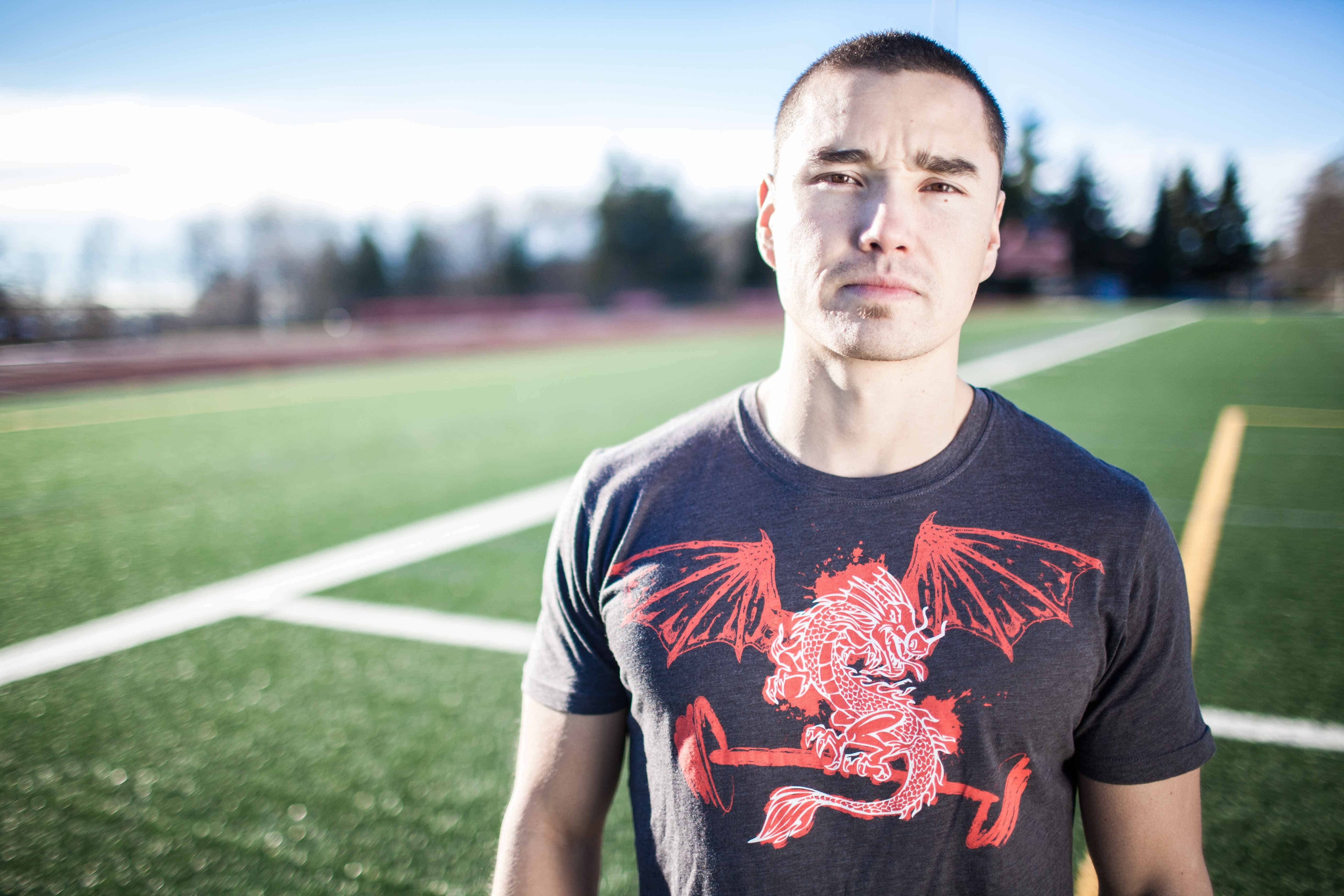 |
And yours truly… Jon-Erik Kawamoto www.JKConditioning.com www.StrongerRunner.com |
- Be methodical and develop your teaching skills. This will allow you to write an article that makes sense and has good flow. As a fitness writer, you’re essentially educating the reader. If you can’t teach well, it may reflect in your writing.
That’s a wrap.
Thanks so much to all the fitness super heroes for taking the time out of their busy schedule to get back to me. And thanks so much for reading.
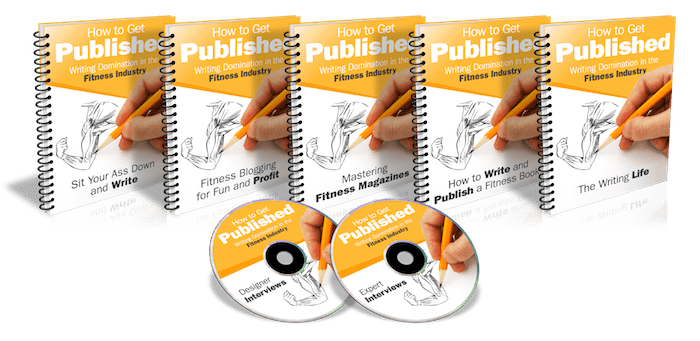
If you’re interested, there is a great product put together by Lou Shuler, Sean Hyson and John Romaniello called How to Get Published. Here’s what’s covered:
- How to get started as a writer
- How to tailor your work to specific audiences
- How editors like Lou and me do our jobs
- What kinds of fitness stories sell
- How to structure an article for a magazine
- How to pitch an article to an editor
- How to write a book proposal that gets the attention of a publisher
- How to start a blog that generates a six-figure income
Find out How to Get Published HERE.
Hope to see YOU in a magazine or popular blog one day!
-JK

